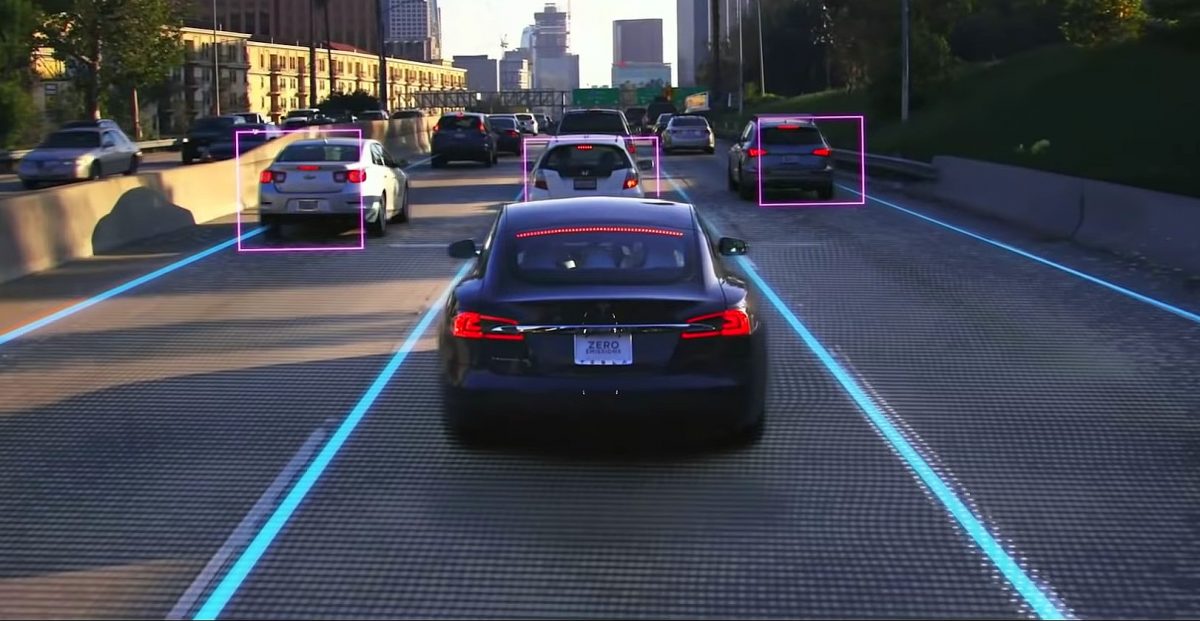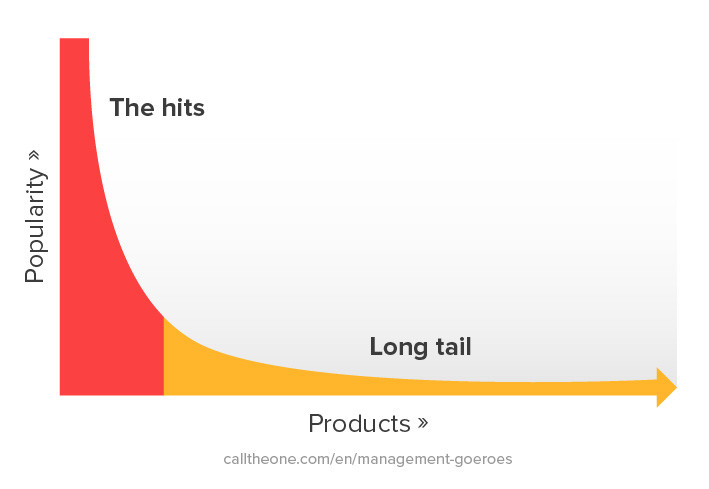It is generally agreed upon that Tesla has been leading the race towards autonomous driving. Having eight surrounding cameras with a combined 360-degree view and twelve ultrasonic sensors, their detection system is very complicated. Ever since 2016, all new Tesla vehicles are built with the necessary sensors and hardware for full self-driving, showing their capabilities and planning towards a long-term goal.
Concluding from the 2021 AI day, it became clear that Tesla wants to have a future where their cars are trying to create a predicted vector space by just using cameras and getting rid of sensory data (lidar technology). The main reason for this is that creating and maintaining these infrastructures (lidar maps) is unscalable and the technology should be perfected in figuring out where lanes, traffic lights, crosswalks, etc. are in real-time without having predetermined data like a map giving it a prediction.
In addition to these long-term focuses, they want to create intermediate features such as neural network architectures that can do a search through an action space such as a parking lot (searching for an optimal parking space) and aligning data from different vehicles in real-time to reconstruct roads for labeling.
In parallel to these projects, they are starting/continuing the development of the DOJO computer, a powerful supercomputer that can be used firstly for the neural network training of autonomous driving. However, the capabilities of the computer are not limited to driving and roadmaps, they could in theory be used as an ‘AI as a service’ principle where external companies could use its powerful computing power for their own neural networks projects.
It’s clear that Tesla is out of the beginners’ stage when it comes to autonomous driving, and is focussing more on optimization of the systems in place to create a safe future that includes mass self-driving vehicles. Besides that, they are slowly starting new projects that could focus on real-world problems that could/should be resolved by AI.
sources: https://europe.autonews.com/automakers/musk-shows-self-driving-progress-humanoid-robot-tesla-ai-day
https://venturebeat.com/2021/07/03/tesla-ai-chief-explains-why-self-driving-cars-dont-need-lidar/



